Table of contents
What is Mindfulness?
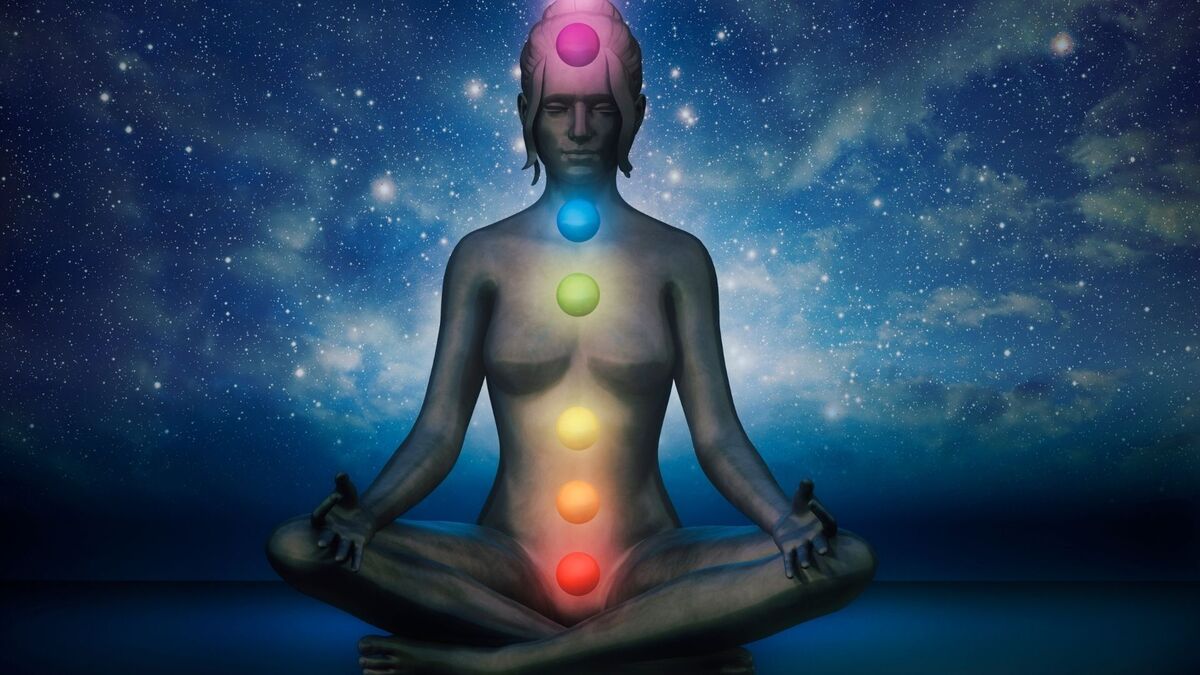
Mindfulness can be described as a technique to combat stress that has been gaining popularity nowadays. Due to the busy daily lives of many people, the practices involved in mindfulness arise as a way to take care of the body and mind.
It can be said that the origins of the technique are linked to meditation practices, and mindfulness can be practiced in any environment and at any time of the day, which makes it easier to keep stress and exhaustion levels under control.
Throughout the article, the main definitions, practices and characteristics of mindfulness will be covered in detail. To learn more, keep reading.
Definitions of Mindfulness
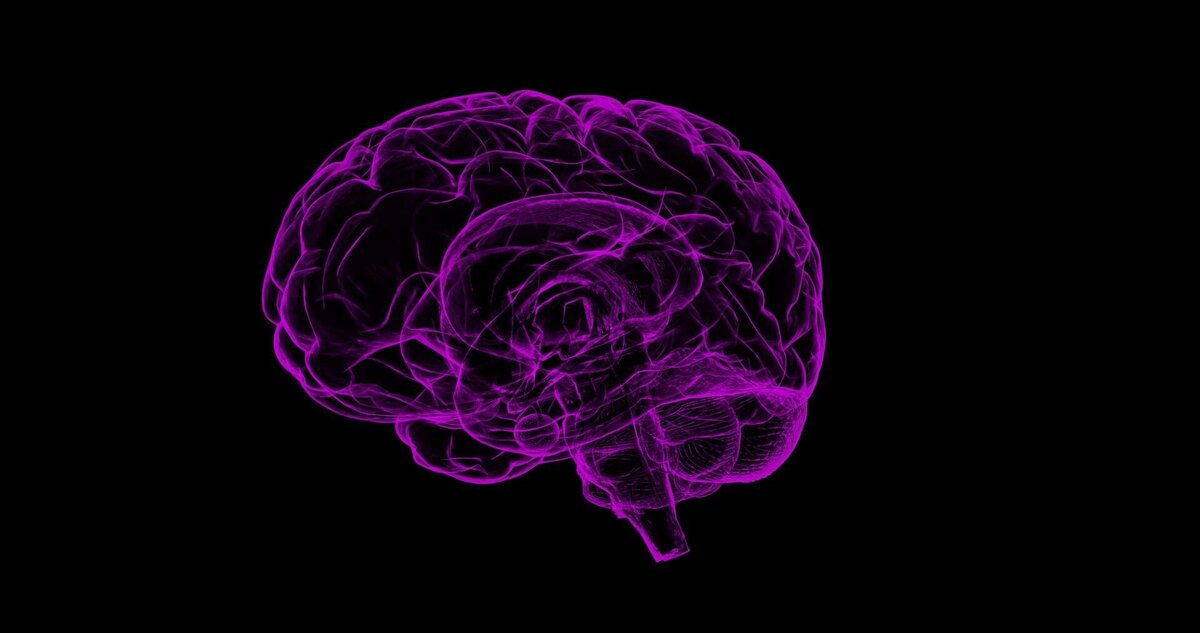
In general terms, mindfulness can be described as a state of awareness and attention in the present. Therefore, the exercises involved in the practice are focused on the ability to concentrate on oneself and on one's own feelings.
To achieve this state, one must let go of any kind of judgment. The practice has its origins in meditation, especially in its Eastern forms, and can be adopted by anyone, regardless of the context.
The following will discuss some aspects regarding the origin of mindfulness and its main goals. To learn more about it, continue reading the article.
The origin of Mindfulness
Mindfulness is not directly associated with any religion, however, the technique has origins linked to Buddhist meditation practices and other philosophical aspects of this doctrine. Therefore, it has been part of Buddhism for more than 3000 years.
In modern times, mindfulness came to be adopted with more intensity only 30 decades ago. Since then, it has undergone a process of westernization and is present in practices such as yoga, but also involves breathing exercises.
Full attention
Full attention to the present is one of the pillars of modern mindfulness. This state can be achieved through meditation practices and aims to make people stop living on autopilot.
Once they reach this state of consciousness, they will be able to better perceive their emotions, what causes them anxiety and what brings bad feelings. Then, they will be able to suppress all of this by adopting a more flexible posture in the face of obstacles.
Absence of judgment
Embracing your own feelings in a context that preaches productivity at any cost is something that can generate judgments, both internal and external. So, in order to practice mindfulness, the first step is to get rid of these judgments.
This is done through a process of self-understanding. In other words, understanding that sensations are part of the human experience and not trying to pass over them. Thus, even when facing complex scenarios, the individual will become capable of reflecting before acting.
The power of the here and now
Focusing on the present moment is a difficulty for those who live in a fast-paced way. It is common that many people get used to always think ten steps ahead of what they really are as a way to contain damages. However, this generates anxiety and harms well-being.
Therefore, mindfulness techniques also help in understanding that one should live the present fully. Future worries should be part of it and be solved when the moment presents itself.
Benefits of Mindfulness
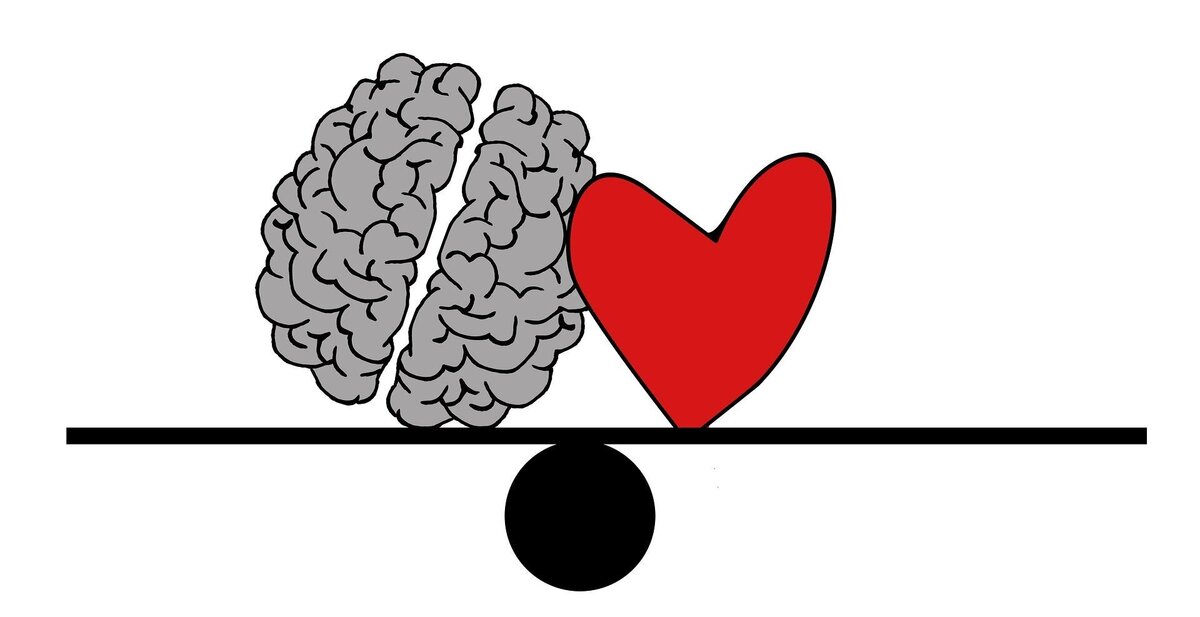
Over the years, mindfulness has become a very popular technique for helping with mental health issues, and it has gained a lot of space in corporate environments because it helps reduce the stress and anxiety common to these places.
Consequently, self-satisfaction is increased because the individual can perceive greater productivity in his routine. In addition, he starts to feel more able to deal with challenges due to the cognitive improvement brought by the technique, which stimulates several distinct intellectual capacities.
The next section of the article will cover the benefits of mindfulness in more detail, so keep reading to learn more.
Reduces anxiety
Anxiety has become a common problem in many people's lives nowadays. This is enhanced when we think about business environments, which demand quick decisions and have very stressful routines.
Therefore, mindfulness can be seen as a way to reduce anxiety in these spaces by encouraging focus on problems in the here and now. Thus, several companies that began to adopt the technique felt an increase in productivity on the part of their employees, which brought more dynamism to the routine.
Prevents depression
The Ministry of Health recently reinforced the link between mental health maintenance and mindfulness, stating that the technique can be used as therapy for people suffering from depression and other psychological conditions.
However, it is not something that can replace treatment, but rather an aid and something complementary to medication and therapy. According to Harvard University, this has shown good results.
Increases self-satisfaction
Once someone is less stressed and has more mastery of their emotions, self-satisfaction rates increase considerably, especially in work environments. Employees who don't feel overwhelmed by their routine tend to be more productive and therefore are happier with what they can accomplish.
Thus, it is possible to state that mindfulness positively influences the way an individual perceives himself and deals with his problems and conflicts. It is as if the brain received an opportunity for reprogramming.
Improves cognition
Among the many benefits of mindfulness it is worth mentioning its capacity to improve cognition. A less stressed person feels his or her creativity, concentration and memory more active and sharper than ever - which justifies the increase in productivity in business environments.
Thus, the technique helps stimulate quick thinking and emotional intelligence, making problem solving more effective overall.
How to practice Mindfulness
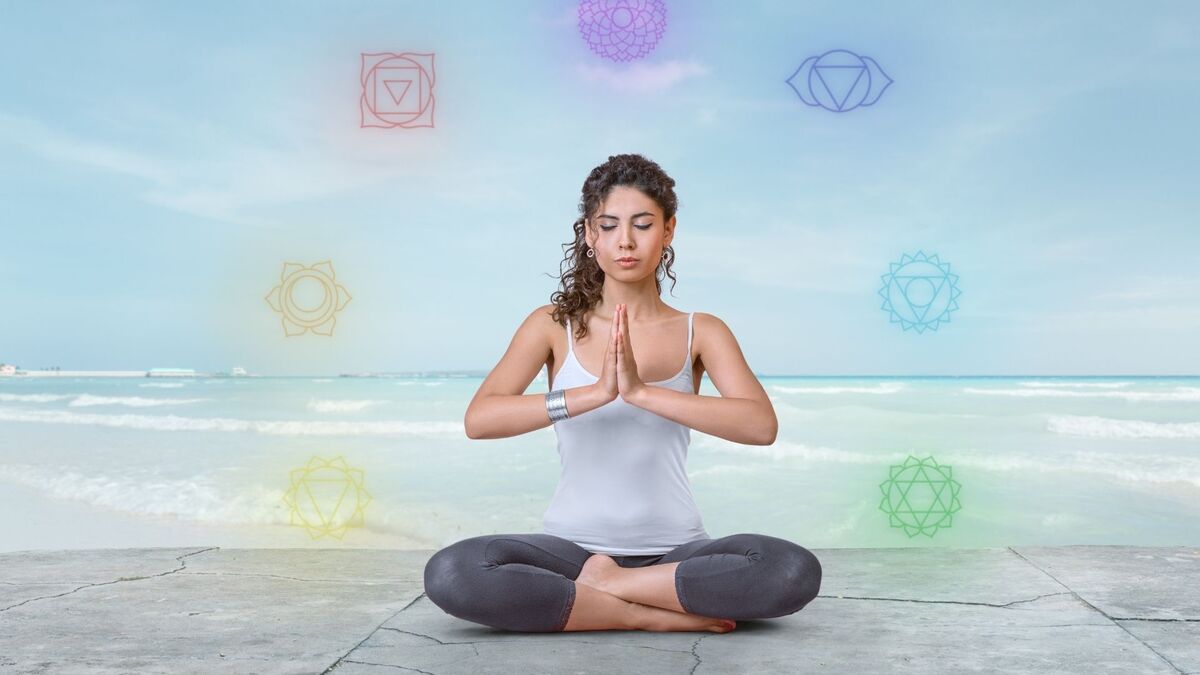
Mindfulness can be practiced in any space and in very short time intervals, so it is ideal for those who claim not to have much time to go to a yoga studio, for example, or to do any other relaxation activity.
This happens because the processes are quite simple and mindfulness exercises are more focused on breathing and concentration. In addition, another interesting aspect of the technique is the perception of new things around, which can help in the issue of focus.
The following will explore some ways to include mindfulness in your routine. Read on to learn more and start practicing the technique.
Three minutes of mindfulness
The three-minute mindfulness technique is one of the most recommended for beginners. It consists of closing the eyes and concentrating on the body itself, either on physical sensations or feelings. Afterwards, the practitioner should concentrate on breathing movements.
Then, there remains one last step, which is to turn your attention fully to your own body. During this step, try to carefully observe how it responds to stimuli and how you perceive the space around you in general.
Breath Mindfulness
The mindfulness of breathing is also recommended for beginners. It also calls for attention to be brought to the body and works as a kind of anchor. However, it differs from the three-minute technique in that it does not require a focus, but rather asks the mind to wander in a natural way.
Then, once some distraction is perceived, one should bring it back to the body. This can be done as many times as necessary so that the practitioner feels his mind focused on the now.
Exercise your brain
Just like the other muscles of the human body, the brain needs to be constantly exercised and these techniques are also part of mindfulness, especially when talking about cognitive development.
To adopt this practice, it is necessary to sit in an upright and comfortable position, close your eyes and pay attention to your own breathing. But, it is important to remember that it is not about control but attention. The more the exercise is repeated, the more the brain is strengthened and becomes able to focus.
Other perspectives
There is a mindfulness technique aimed simply at changing the perspective you have on things that are part of your routine. Broadly speaking, it can be described as returning your attention to something whenever you think you already know it well. This helps you notice new things.
The idea of stability can be a trap of the mind that causes accommodation, so the technique of looking at things from a different perspective helps to prevent this from happening and makes the routine more interesting through discovery.
Practical for those who do not have time
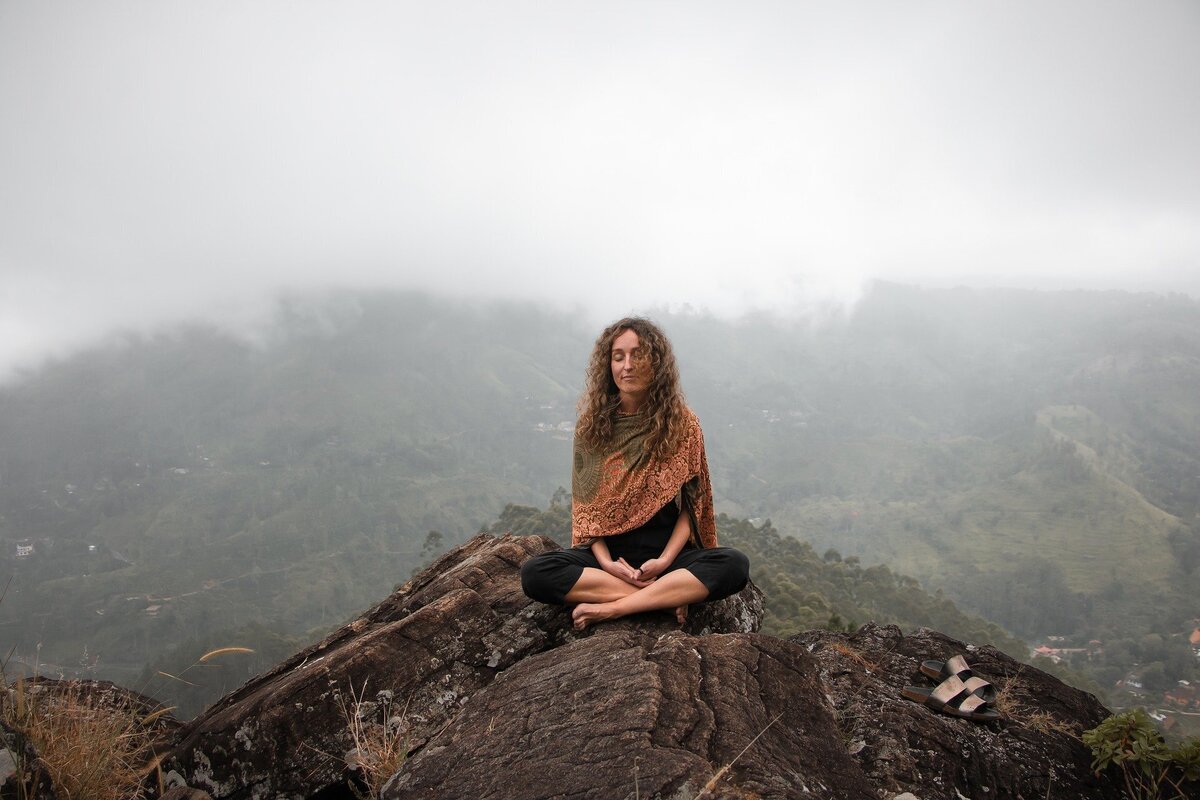
When it comes to adopting some kind of physical exercise or relaxation practice, it is common for many people to say they don't have time due to their busy routines. However, mindfulness is a solution in this sense because it can be practiced in any space.
Thus, there are several techniques that can be applied by people during their routines whenever they need to make any kind of interruption. They will feel your emotions in different ways to create a diary and can be chosen according to the interest of the practitioner.
In the next section of the article these practices will be explained in more detail. Read on to learn more about this.
Feeling the emotions
It is common for many people to try to suppress their emotions during the day. However, for mindfulness this is a mistake and the right way would be to give yourself permission to feel, whether during a meeting or even during meditation practice.
So the big secret is to not fight what you are feeling. By fighting your emotions you harm yourself and prevent your own needs from being met. So give yourself permission to feel and think more about your emotions.
Morning Gratitude
When you wake up, try to start your day by creating a mental list of things that make you feel joy to be alive another day. It could be your job, the people in your routine, your home, or anything else that brings you a good feeling.
It is worth noting that this technique can be adopted even during periods of difficulty. In these phases it is enough to think outside the box and not direct attention to the area of life that is causing discomfort.
Meditation Walk
Meditative walking can be done at any time of the day. The only important thing is that it is practiced in silence and focusing your attention on something for the whole time. Some people choose to stare at their feet while stepping on the ground because they believe this makes it easier to stay attentive.
During this time, the mind should be empty and only interested in the object you have chosen to focus on. Do not think about past, present or future during your meditative walk.
Contemplative meal
Nowadays, it is common for many people to use their mealtimes to read news on websites or even watch something on TV. However, this time can also be directed towards mindfulness techniques in a very practical way.
If possible, close your eyes after each bite and really feel the taste of food in a deep way. Think about its textures and flavors. It is recommended for these moments to choose a meal that you really like.
Get rid of distractions
It's common to have a full head and feel like your thoughts are running through your head all the time. Mindfulness can help a lot in this regard. You need to start emptying your mind of extra information that doesn't bring you anything important for the moment.
A good way to accomplish this is to create a list of everything that distracts you and takes away your energy. Then, you should cut those habits out gradually.
Healthy food for the mind
Food influences much more than the functioning of the body. Therefore, eating healthier foods can help a lot in the practice of mindfulness, since there are things that are part of the current routine, such as coffee, and tend to contribute to anxiety.
So, invest in a balanced diet that contains foods that contribute to the proper functioning of your body and mind. If you feel the need, seek a professional to help you at this point.
Connection with nature
Modernity makes many people forget to take time out of their daily lives to be in touch with nature, even if this happens in a park located in the heart of a big city. Having this time in the middle of the green improves the quality of life and can be considered a mindfulness technique.
Natural spaces give you the opportunity to be more in touch with your own feelings and to feel connected to your surroundings, something very beneficial to improve self-satisfaction.
Meditation practice
Meditation causes thoughts and judgments to be pushed aside. Thus, it calms the feelings and makes practitioners concentrate only on their breaths.
These moments without thoughts occupying the head may be brief, but they will be truly magical because they will enable an intense sense of freedom. It is worth mentioning that the ideal would be to meditate for 30 minutes a day during the morning, even if this is done on public transport. Just relax and take some time for you.
Create a diary
Try to set aside 10 minutes of your morning to keep a journal. Write down all your thoughts and feelings in a notebook. It will be private and no one will have access, so people cannot criticize what you have to say.
However, you need to be honest. The writing time should be geared towards reflection and for you to be in touch with your own feelings and have a moment that is just yours during the day.
Can Mindfulness really help improve quality of life?

Currently, there are several studies proving that mindfulness is able to help improve quality of life. This fact has even been attested by the Ministry of Health, which recognized the importance of the technique for metal health.
In addition, Yale University has even studied the effect of the practice on women and found that women benefit more than men when subjected to some specific mindfulness practices.
There are still other studies focused on the practice that highlight its benefits and impacts on improving the quality of life. Therefore, it is something that can change your routine completely.

